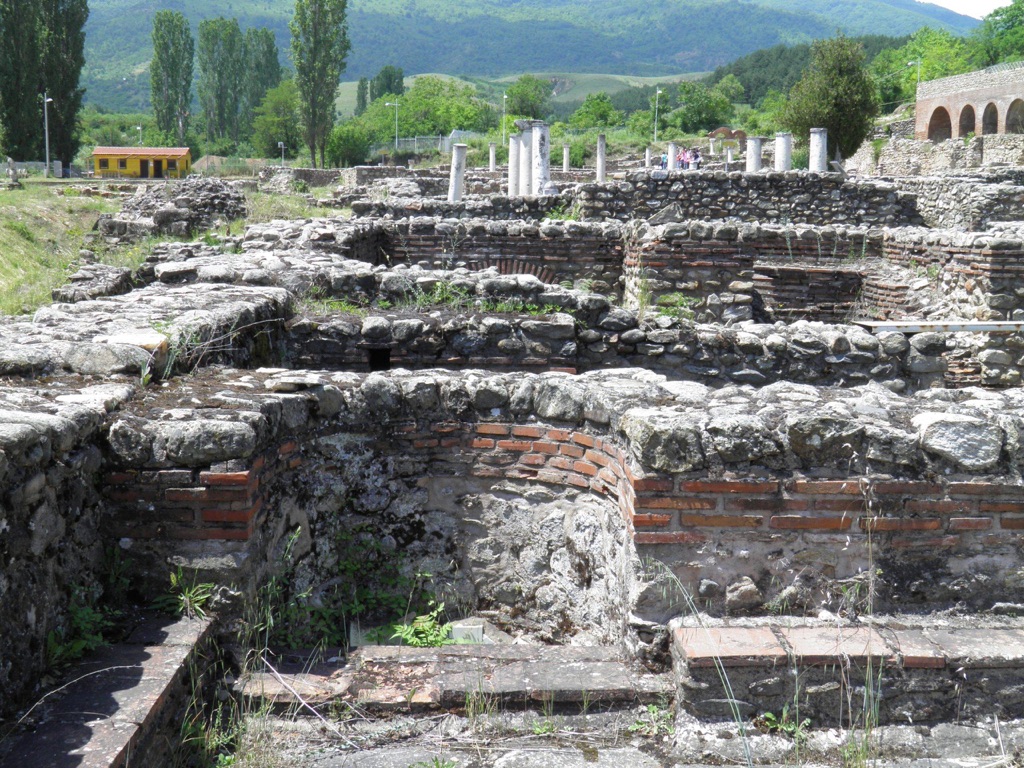Summary
Heraclea Lyncestis, a historical gem, nestles in the heart of North Macedonia. Founded by Philip II of Macedon, Alexander the Great’s father, this ancient city flourished under Roman rule. Its rich history is etched in the ruins, which include a theater, basilicas, and beautifully preserved mosaics. A visit to Heraclea Lyncestis is like stepping back in time, a vivid journey through the epochs of Macedon, Rome, and Byzantium.
Get your dose of History via Email
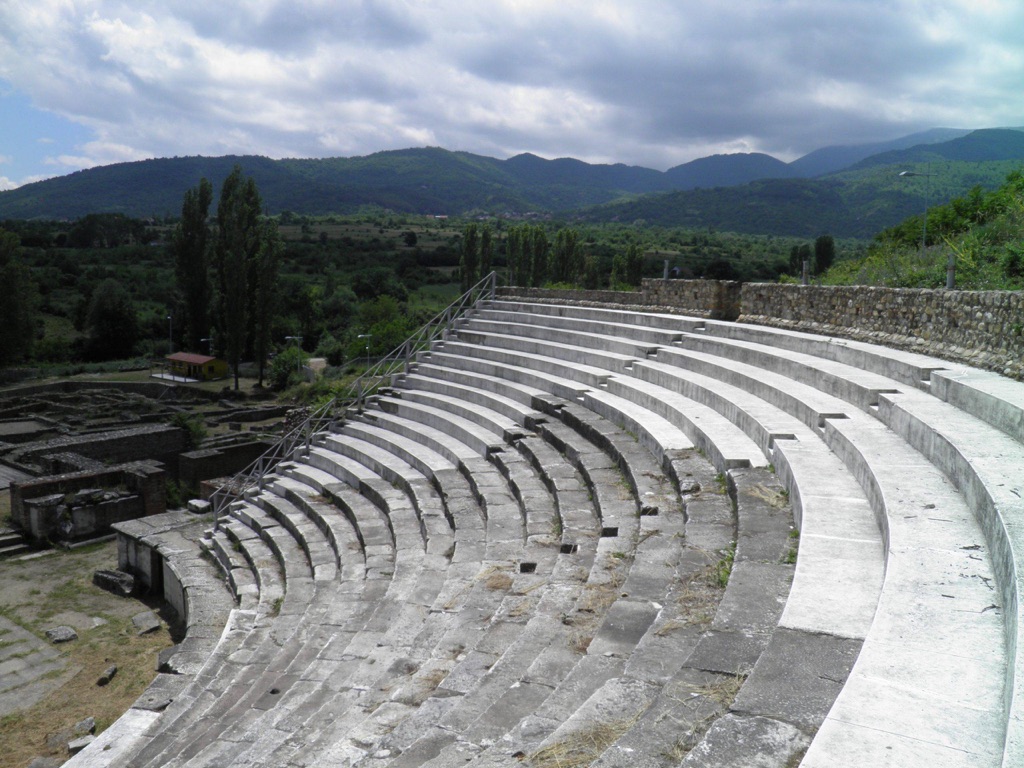
Historical Background of Heraclea Lyncestis
The foundation of Heraclea Lyncestis dates back to the 4th century BC, a period when Philip II of Macedon was expanding his kingdom. Named after the mythological hero Heracles, whom the Lyncestians considered their ancestor, the city thrived due to its strategic location on the Via Egnatia, a major Roman road.
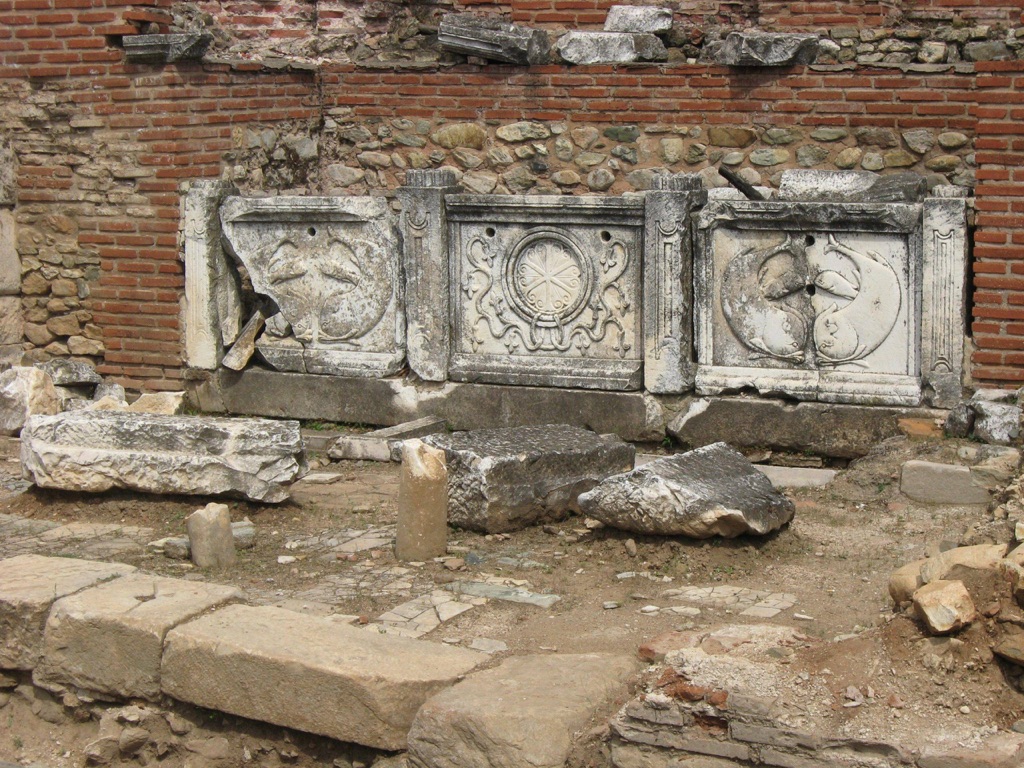
Under Roman rule, Heraclea Lyncestis grew in importance. It became a significant political and economic hub, reflected in the grandeur of its buildings. However, the city’s prosperity waned with the fall of the Roman Empire. Despite attempts at revival during the Byzantine era, Heraclea Lyncestis gradually fell into obscurity.

Archaeological excavations in the 20th century brought the city back into the limelight. These efforts unearthed an array of artifacts, offering insights into the city’s past. Today, Heraclea Lyncestis stands as a testament to the ebb and flow of empires, its ruins narrating tales of glory and decline.
Visitors can explore the ancient theater, a Roman construction that once hosted gladiatorial games. The site also boasts early Christian basilicas adorned with exquisite mosaics, revealing the city’s religious significance in the late Roman and early Byzantine periods.
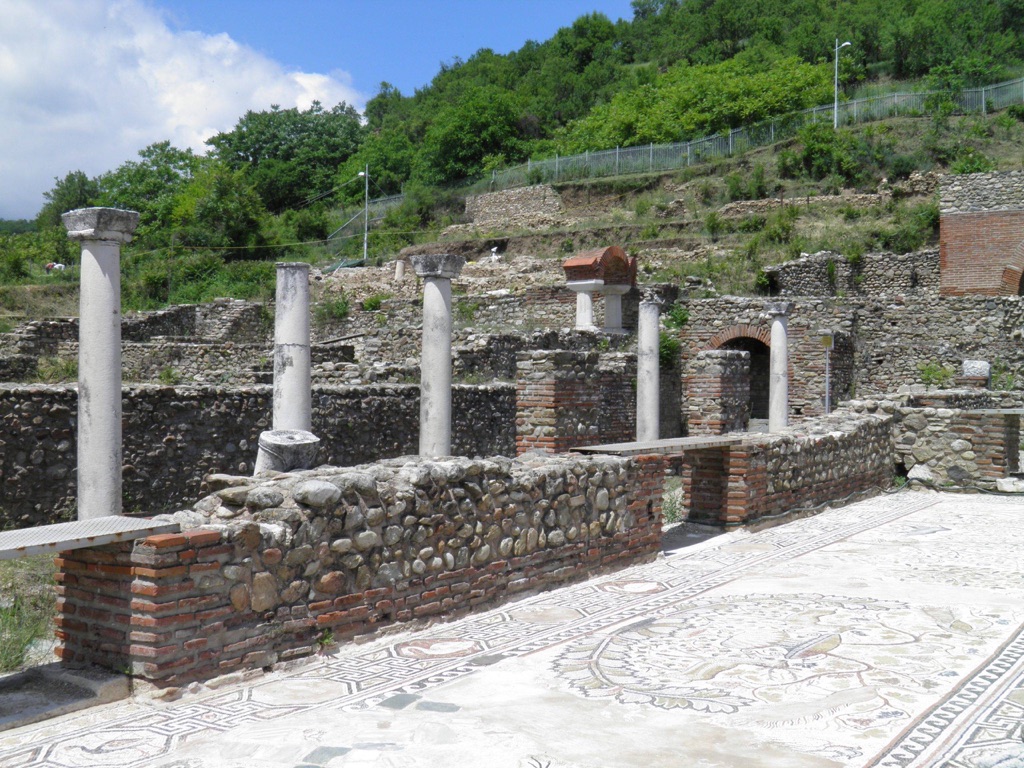
Heraclea Lyncestis’s history is a rich tapestry woven with threads of conquest, prosperity, and decay. It is a place where history lovers can delve into the past, tracing the footsteps of ancient civilizations.
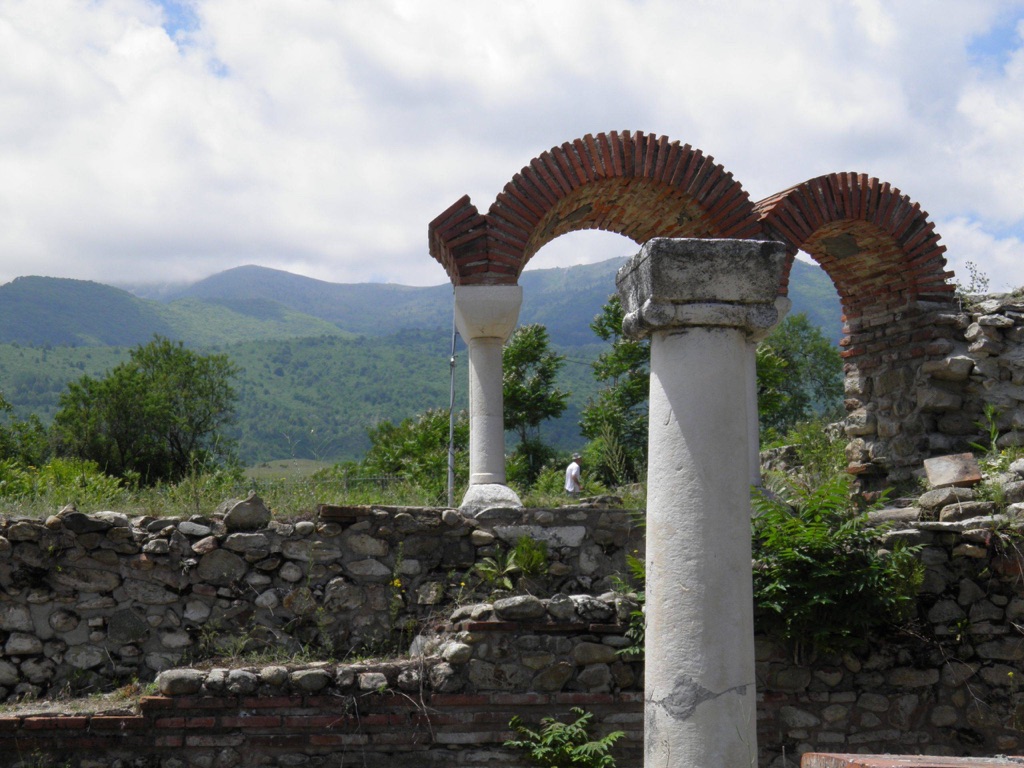
Architectural Highlights/About the Artifact
Heraclea Lyncestis is a treasure trove of architectural marvels. The ancient theater, with its semi-circular orchestra and tiered seating, is a fine example of Roman architecture. Despite centuries of neglect, the structure retains its grandeur, evoking images of a time when it resonated with the cheers of spectators.
The city’s religious heritage is embodied in its early Christian basilicas. The Large Basilica, dating from the 5th century, is particularly noteworthy. Its intricate floor mosaics, depicting biblical scenes and geometric patterns, are a testament to the artistic prowess of the era.
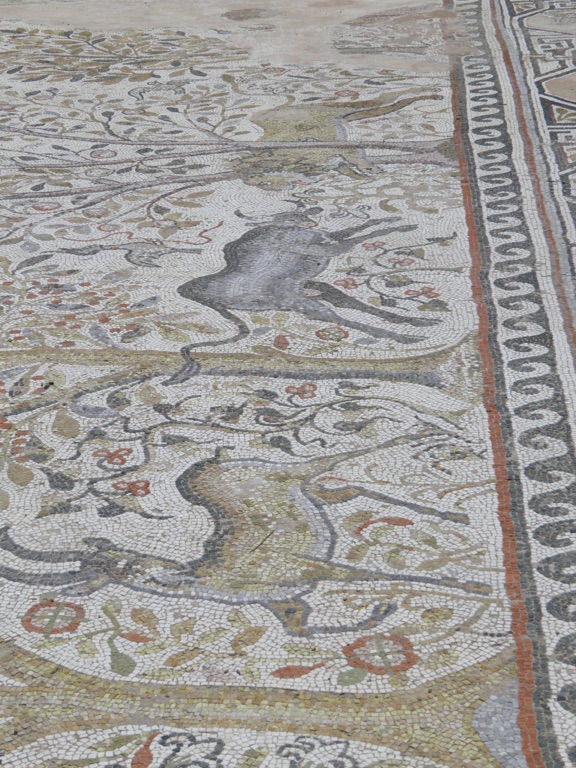
The Small Basilica, although less grand, is equally fascinating. Its mosaics, preserved under a protective structure, offer a glimpse into the religious beliefs and artistic traditions of the time.
The Episcopal Residence, with its private chapel and bath, reflects the status of the city’s bishop. Its well-preserved mosaics, featuring birds, animals, and mythological creatures, are a visual feast.
Each artifact at Heraclea Lyncestis tells a story, providing a window into the past. The city’s architectural remnants, from the grand theater to the humble dwellings, paint a vivid picture of life in ancient times.
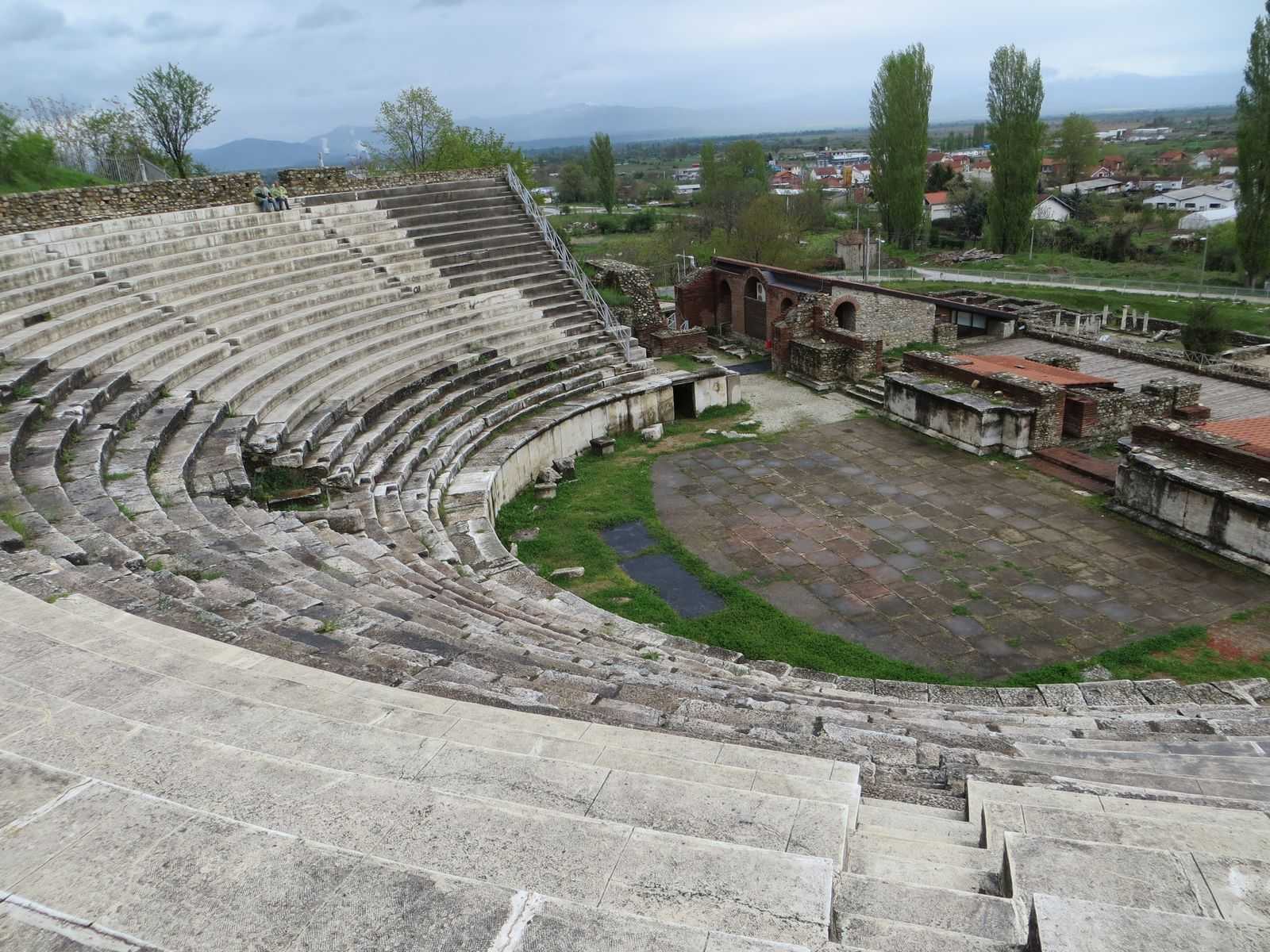
Theories and Interpretations
Heraclea Lyncestis has sparked numerous theories and interpretations. Some historians believe that the city’s decline was due to Slavic invasions in the 6th century. Others attribute it to economic factors, arguing that the city’s prosperity was closely tied to the Via Egnatia, which lost its importance over time.
The mosaics in the basilicas have also been the subject of much debate. While some scholars see them as purely decorative, others interpret them as symbolic representations of Christian beliefs. The geometric patterns, for instance, are thought to symbolize the divine order of the universe.
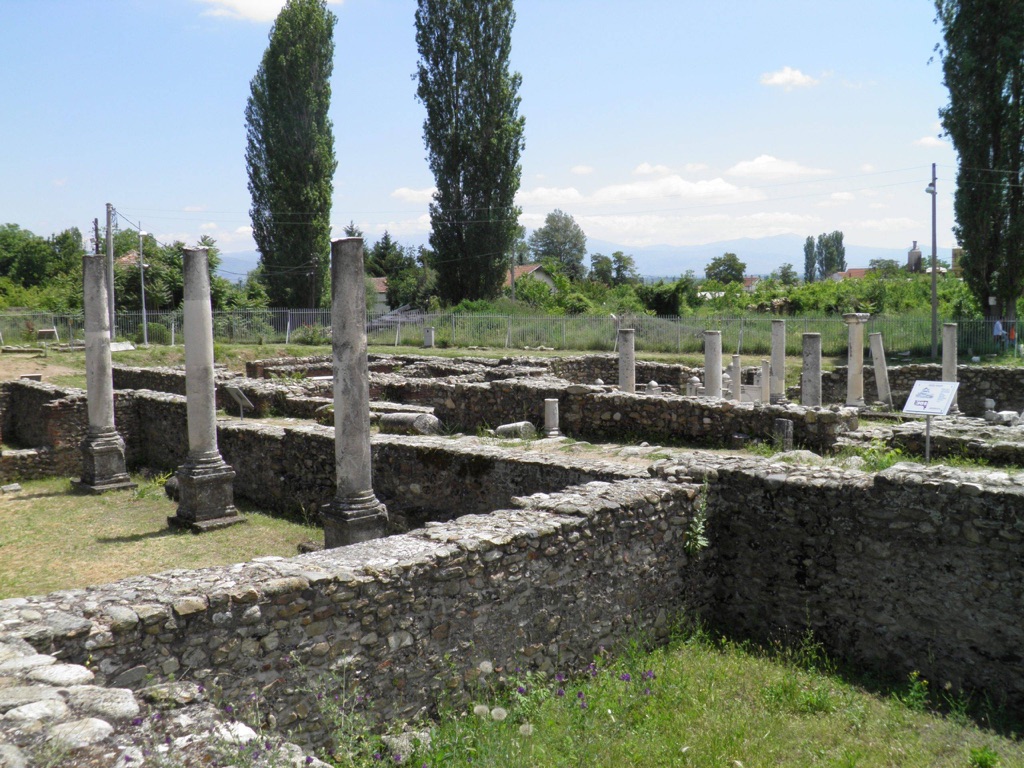
The presence of mythological creatures in the mosaics, particularly in the Episcopal Residence, has raised questions about the interplay between pagan and Christian traditions. Some experts suggest that these images reflect the syncretism prevalent in the early Christian era.
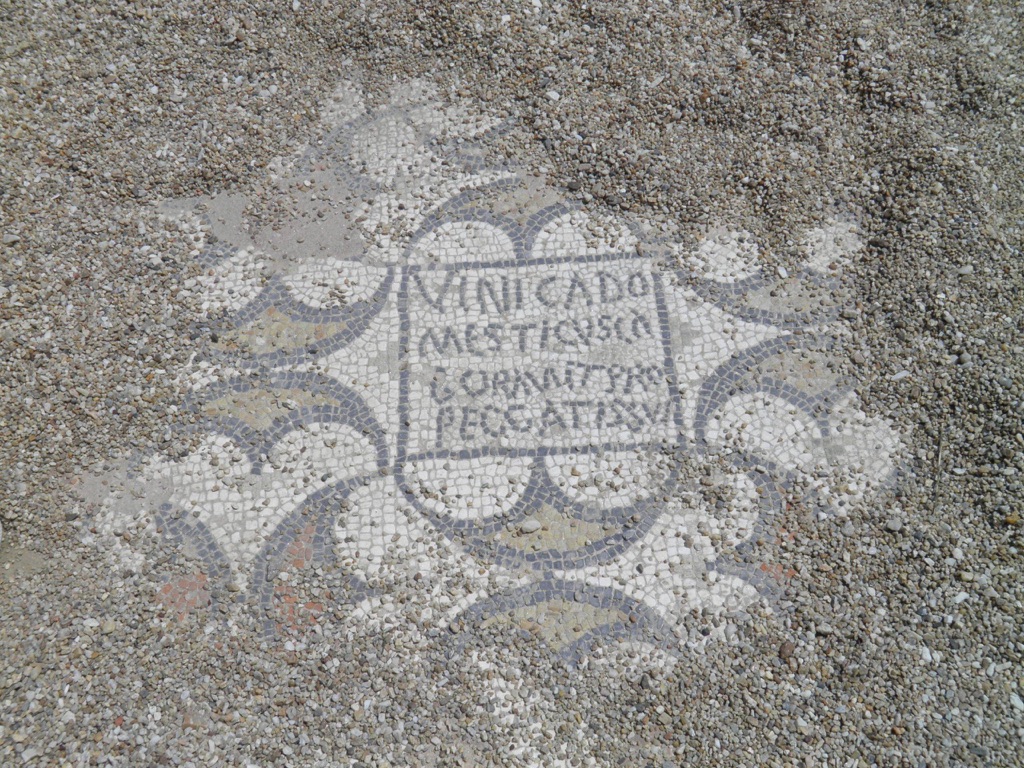
Theories about the city’s name abound as well. While it is generally accepted that Heraclea was named after Heracles, the addition of Lyncestis is less clear. Some propose that it refers to the Lyncestians’ claim of descent from Heracles, while others believe it denotes the city’s location in the Lyncestis region.
Heraclea Lyncestis continues to intrigue scholars, its ruins offering endless possibilities for interpretation. As more research is conducted, our understanding of this ancient city deepens, shedding light on its complex history and cultural significance.
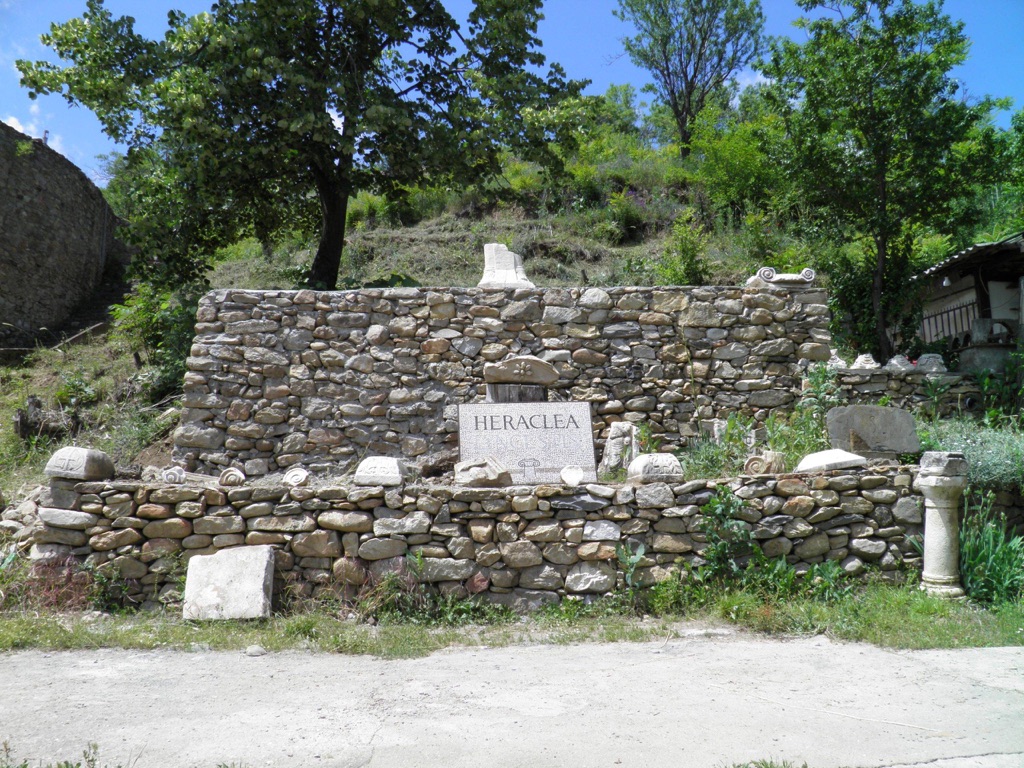
Good to know/Additional Information
Heraclea Lyncestis is located near the modern city of Bitola, North Macedonia. It is easily accessible by road, and guided tours are available for those interested in learning more about its history.
The site is open to the public year-round, but the best time to visit is during the spring and fall when the weather is mild. Visitors should wear comfortable shoes as the terrain can be uneven.
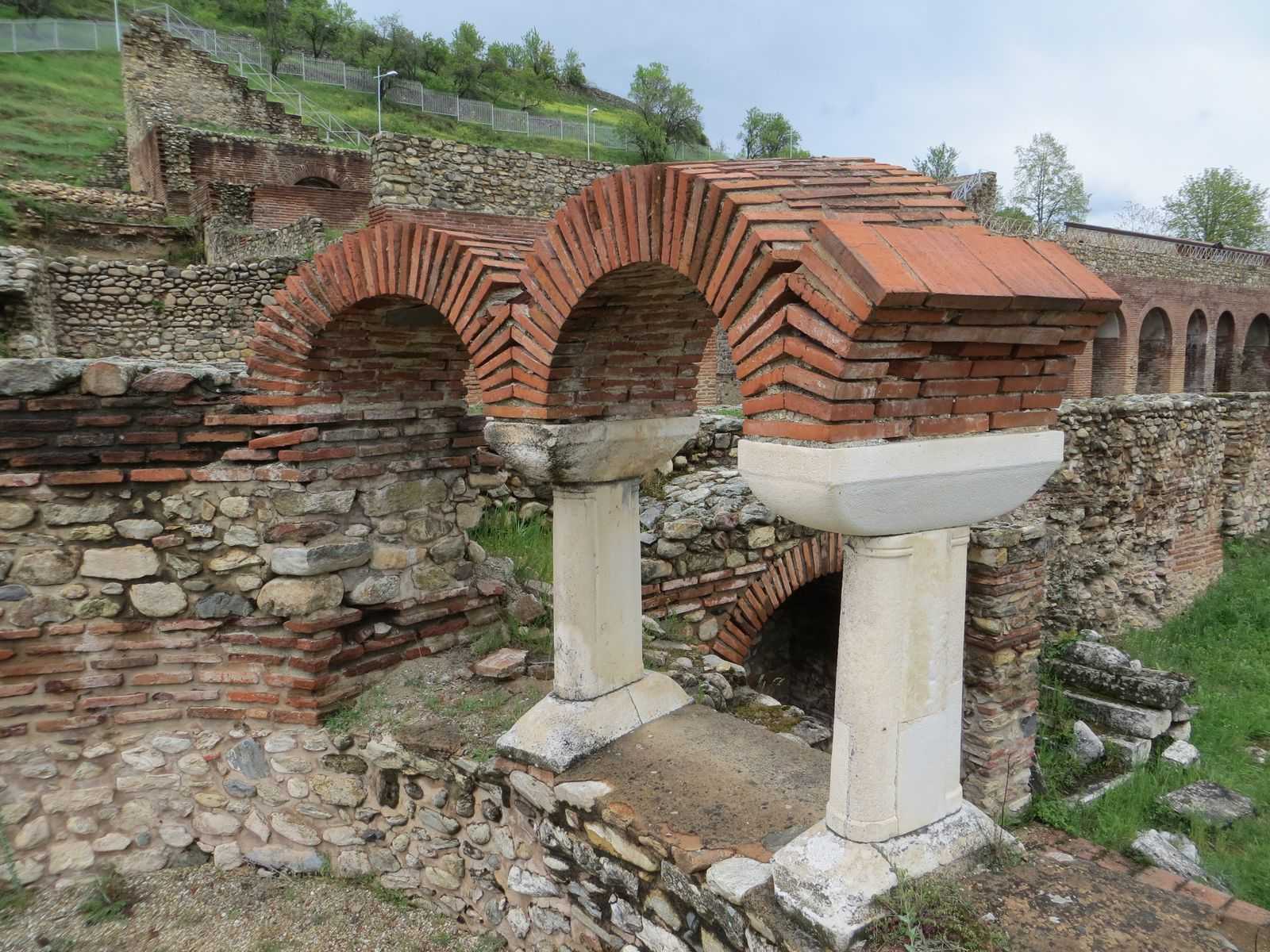
While exploring the ruins, it’s important to respect the site’s historical significance. Visitors are advised not to touch the mosaics or other artifacts, as this can cause damage.
Photography is allowed, but the use of drones is prohibited without special permission. There are no facilities at the site, so visitors should bring water and snacks.
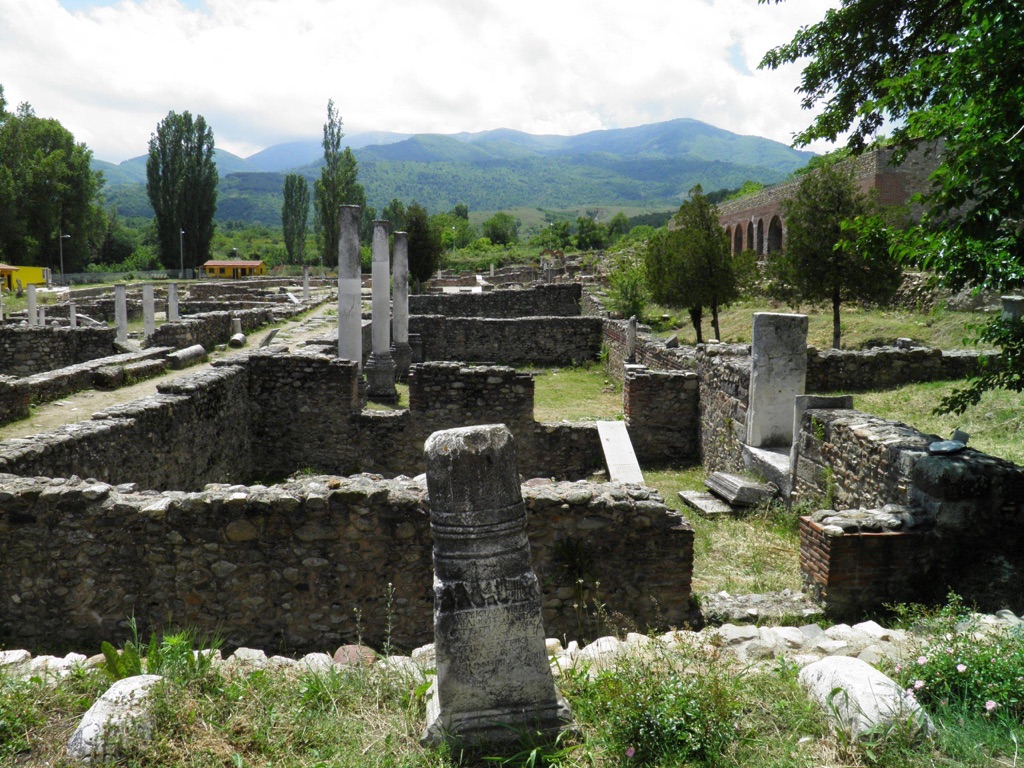
Visiting Heraclea Lyncestis is a unique experience, offering a glimpse into the past. With its rich history and impressive ruins, it is a must-visit for any history enthusiast.
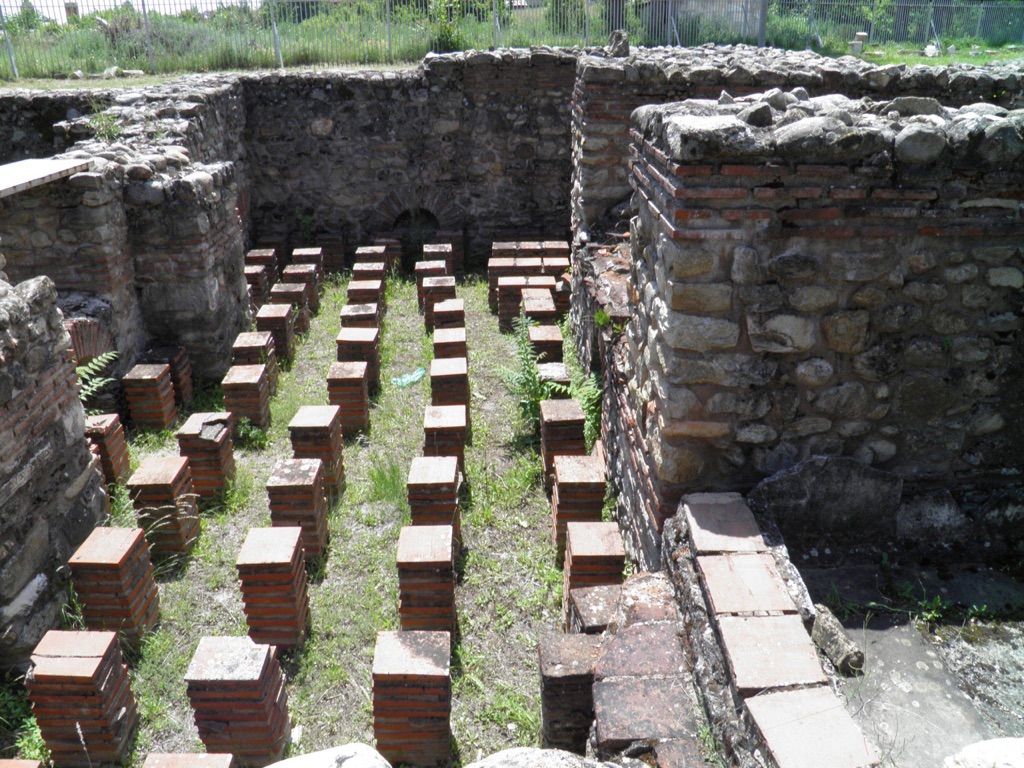
Conclusion and Sources
Heraclea Lyncestis, with its compelling history and remarkable ruins, offers a fascinating journey through time. From its foundation by Philip II of Macedon to its decline in the Byzantine era, the city’s story is a microcosm of the broader historical narrative. Whether you’re drawn to its architectural wonders or intrigued by its historical mysteries, Heraclea Lyncestis is sure to captivate you.
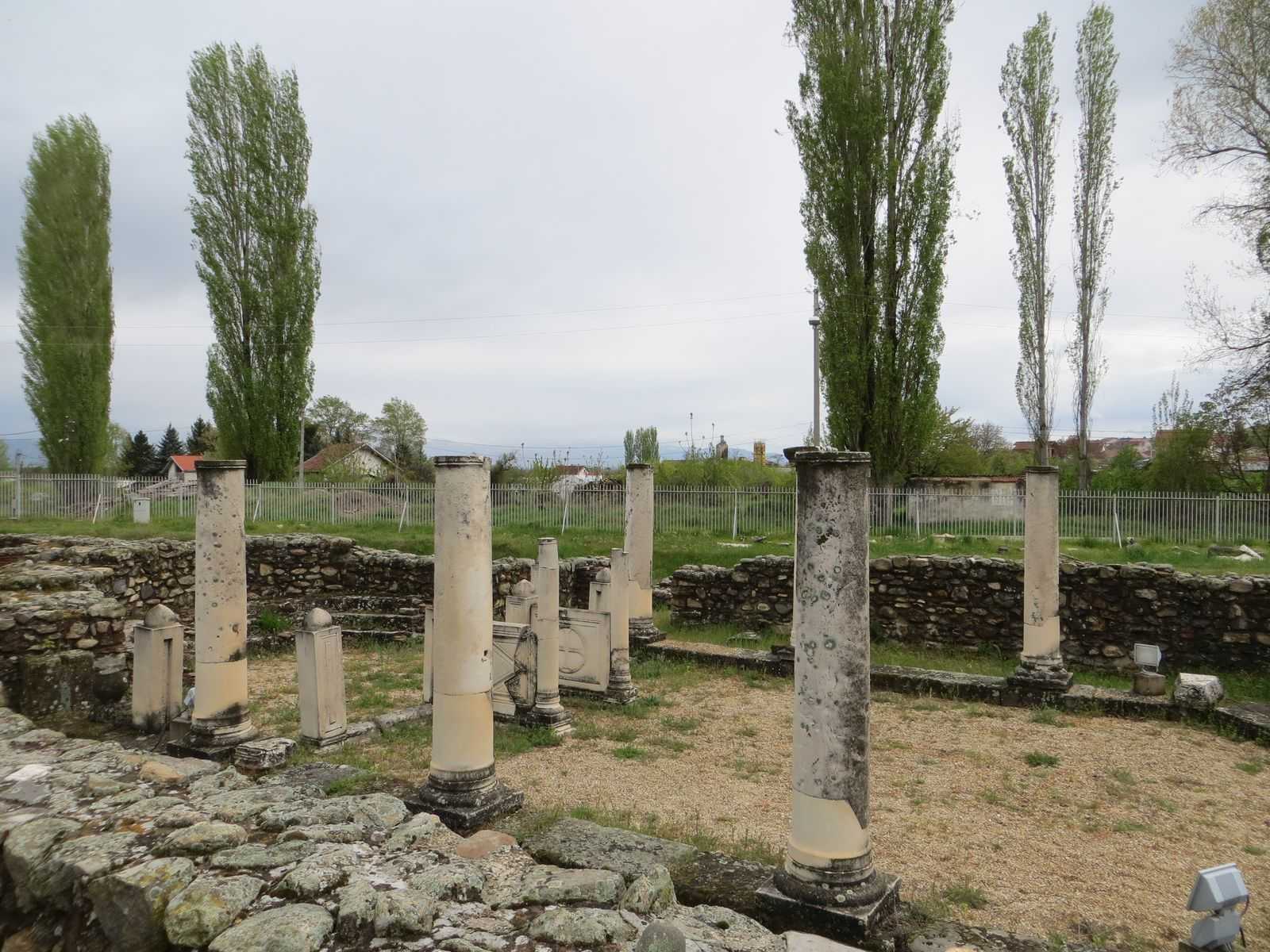
For further reading and research, the following sources are recommended:

